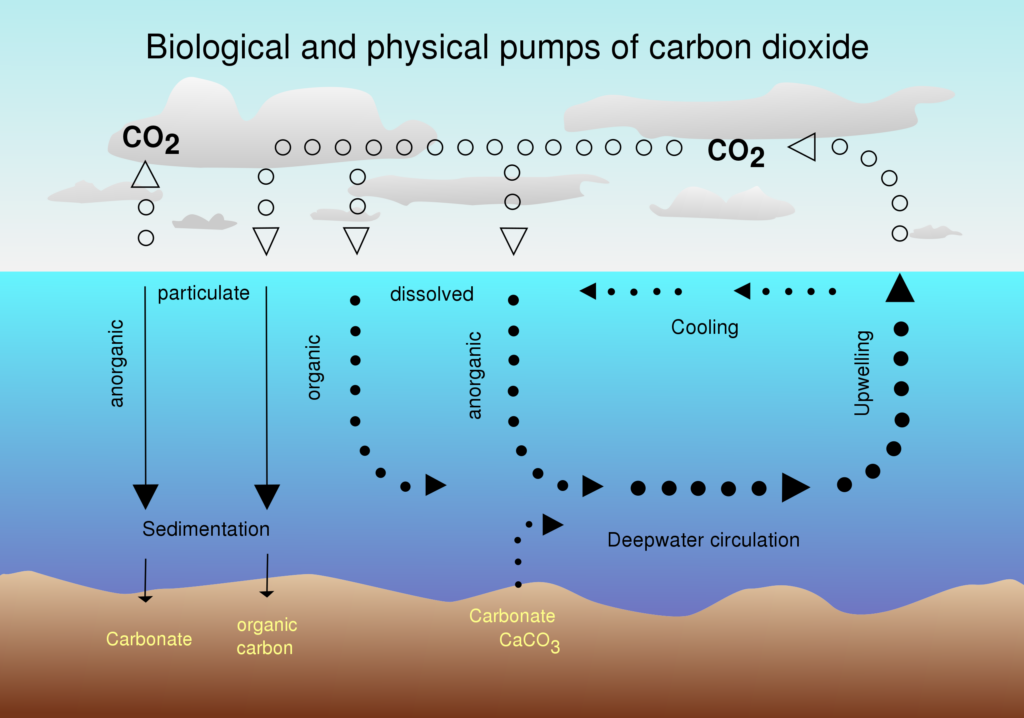Scientists Want to Dump Iron Nanoparticles into the Oceans to save the Planet
Posted
Last Updated
By bigthink.com
Ocean fertilization is extremely controversial, but if done correctly, it just might work.
KEY TAKEAWAYS:
- Reducing carbon emissions may not be enough to reverse the worst effects of climate change. Capturing and burying carbon dioxide may be necessary.
- One idea is to “fertilize” the ocean with iron nanoparticles, triggering blooms of phytoplankton, which suck carbon dioxide out of the air like other plants.
- Research is controversial and has produced mixed results, but new evidence suggests that tweaking how the iron is delivered might be the key to increasing the efficacy of ocean fertilization.
Microscopic marine plants that pull CO2 from the air could play a huge role in helping stop climate change, according to proponents of a radical scheme to “fertilize” the world’s oceans with iron.
Deep sea storage: Slashing the amount of new greenhouse gasses we pump into the atmosphere is crucial to preventing the worst effects of climate change, but it won’t be enough by itself, according to climate experts — we also need to capture some of the carbon that’s already in the air.
One way to do this is by maximizing the carbon-capturing potential of Earth’s oceans — they already absorb 25% of human CO2 emissions, mainly due to the activity of phytoplankton.
These microscopic, single-celled plants grow near the ocean’s surface, taking in sunlight and CO2 to produce energy through photosynthesis. Some of that carbon is later trapped in the deep ocean when the phytoplankton die and sink.
Iron Age: Like other plants, phytoplankton need more than sun and CO2 to thrive — they also need nutrients, including iron, which is naturally scarce in some parts of the ocean.
We know from natural events in the past that increasing the amount of iron in these seas can dramatically increase the growth of phytoplankton. When
Read more at bigthink.com.

